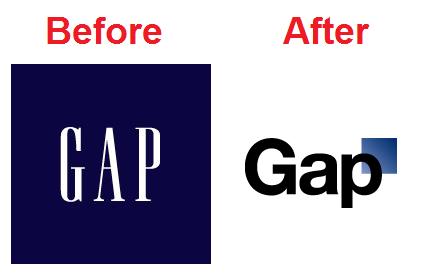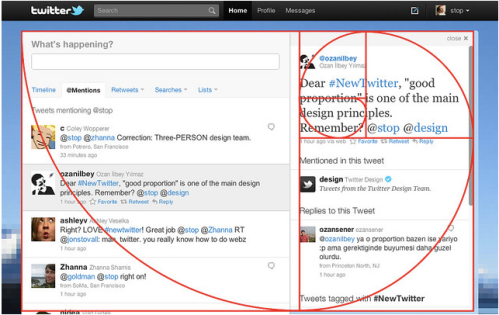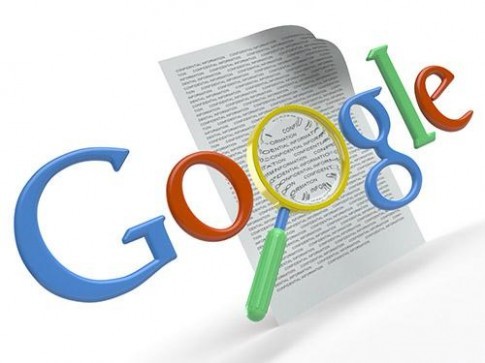If you caught a glimpse of the news these past few days, there is no doubt in my mind that you have heard about Ted Williams and his so called “Golden Voice”. Though Ted Williams had went to school to become a broadcaster, alcohol and drugs became a part of his life and his dream had disappeared.
As he fought for survival on the streets, Williams held a sign that read “God Given Gift of Voice” with the hopes that someone from a radio or television station would find him. Luckily for Williams, Doral Chenoweth, a veteran Columbus Dispatch photographer who now produces videos for the paper’s website, found him last month and asked about his voice. During an interview with ABC News, Chenoweth stated that Williams’ “voice just shocked me when he opened his mouth” (ABC News Steven Portnoy and Calvin Lawrence Jr. 1/2/10). One week later Chenoweth had Williams perform on tape and the newspaper put the video online.
Within the first 24 hours Williams video had been viewed more than 30,000 times on You Tube (ABC News Steven Portnoy and Calvin Lawrence Jr. 1/2/10). Williams’ video had gone viral.
In turn, viral videos are a perfect tool to consider when working on a public relations campaign. With sites such as You Tube, Google Videos, Twitter and Facebook, a video can be shared with thousands of people within minutes. Lets be honest, now-a-days people would much rather watch a short video than read an article.
When considering creating a video it is important to remember that not all videos go viral. Videos must be unique, brief, up to date and overall needs to keep the viewers attention or they will not be passed on.
Ted Williams shows us that viral videos can change the way people view things. Once a homeless man, Ted Williams is now known for having a “Golden Voice” and is receiving a countless amount of job offers.
So when creating your next PR campaign do not forget the power of the video.









